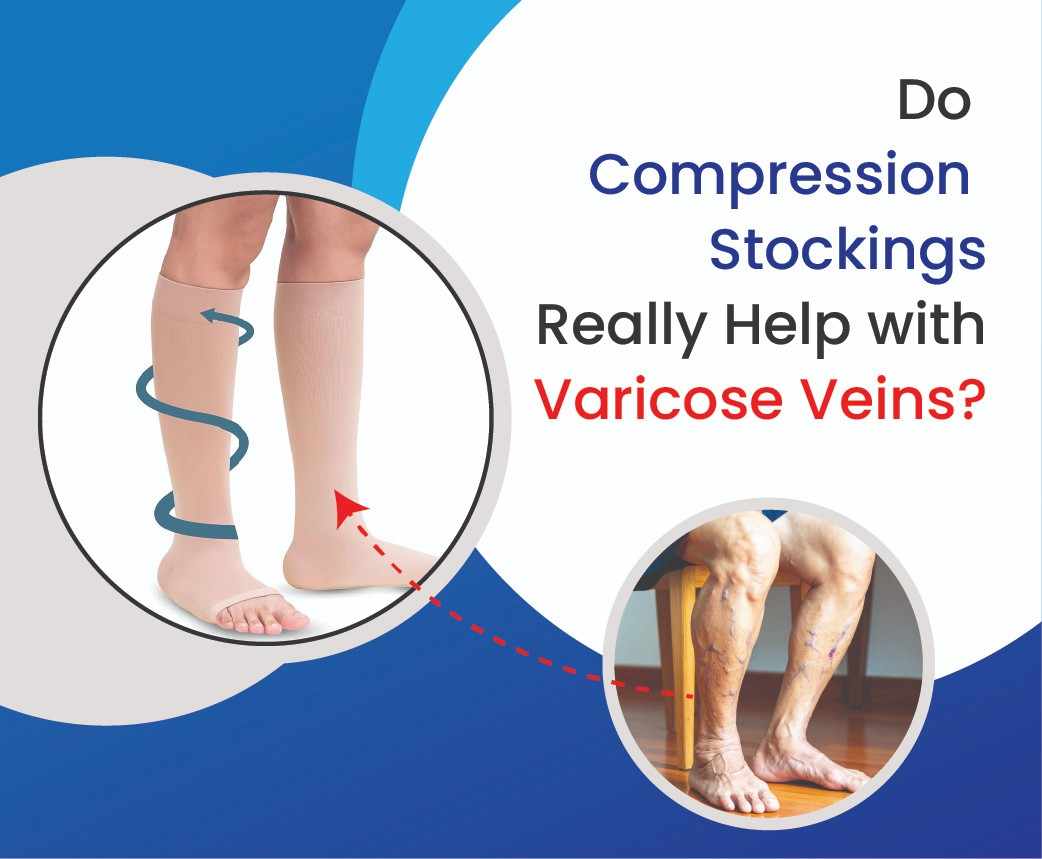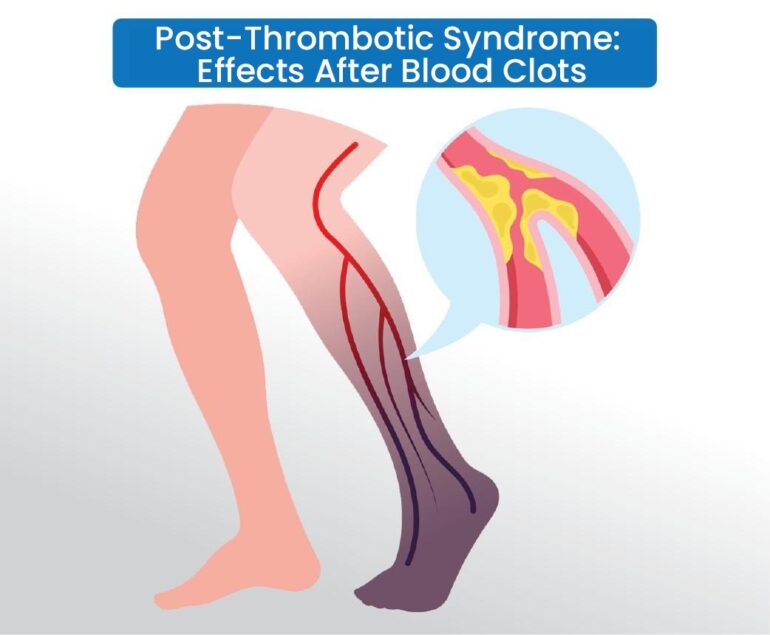Varicose veins affect millions of people worldwide, causing discomfort, swelling, and heaviness in the legs. One of the most common recommendations patients receive is to wear compression stockings. But the question remains—do they actually help with varicose veins, or are they just a temporary fix? Let’s explore the science, the benefits, the misconceptions, and when it’s time to consider advanced treatments.
How Compression Stockings Work
Compression stockings are specially designed medical garments that apply gentle, graduated pressure on your legs. This pressure is tightest at the ankle and gradually decreases upwards, encouraging blood to flow back towards the heart. By preventing blood from pooling in the lower legs, stockings help reduce swelling, heaviness, and pain.
Doctors often recommend compression stockings for:
- Early-stage varicose veins
- Pregnant women with leg swelling
- People with jobs that require long hours of standing or sitting
- Patients recovering from vein procedures
While they don’t repair damaged vein valves—the root cause of varicose veins—they can significantly relieve day-to-day symptoms.
Myths and Misconceptions
One of the biggest misconceptions is that compression stockings can cure varicose veins. In reality, they are a supportive therapy. The faulty valves in varicose veins remain damaged, and stockings only manage symptoms. Without medical treatment, varicose veins often worsen over time, potentially leading to skin changes, ulcers, or even blood clots.
Another common mistake is using stockings without proper medical guidance. Wearing the wrong size or compression level can cause discomfort, numbness, or even worsen circulation. That’s why it’s essential to have stockings prescribed and fitted by a vascular specialist.
Practical Tips for Using Compression Stockings
If your doctor recommends compression stockings, here are some best practices:
- Wear them during the day, especially when standing or sitting for long periods.
- Remove them before bedtime, unless advised otherwise.
- Put them on first thing in the morning, when swelling is minimal.
- Replace them every 3–6 months, as elasticity decreases over time.
- Combine their use with regular walking, weight management, and leg elevation.
These habits make stockings more effective and help improve overall circulation.
When Stockings Aren’t Enough
Compression stockings are an excellent first-line measure, but they are not a long-term solution for moderate or advanced varicose veins. If you notice persistent pain, swelling, skin discolouration, or non-healing wounds, it’s time to consult a vascular surgeon. Modern minimally invasive treatments such as endovenous laser treatment (EVLT), radiofrequency ablation (RFA), or foam sclerotherapy directly treat the faulty veins, providing lasting relief.
Conclusion
So, do compression stockings really help with varicose veins? Yes, they are highly effective in managing symptoms and improving circulation, especially for early-stage cases and preventive care. But they are not a cure. To truly address varicose veins, especially when symptoms worsen, medical treatment is necessary.
At Avis Vascular Centre, our expert team led by Dr. Rajah V. Koppala combines modern vein treatments with lifestyle guidance, including the correct use of compression stockings. Schedule your consultation today and take the first step toward healthier, pain-free legs.




